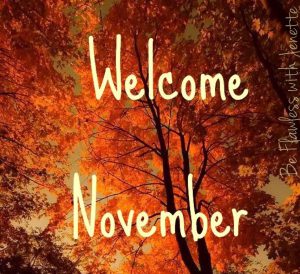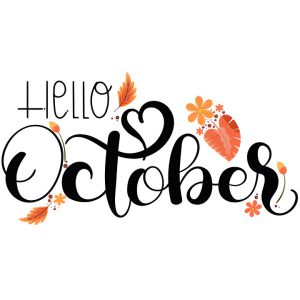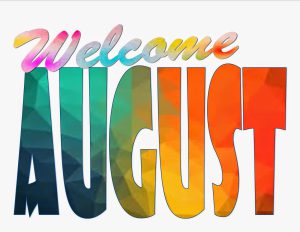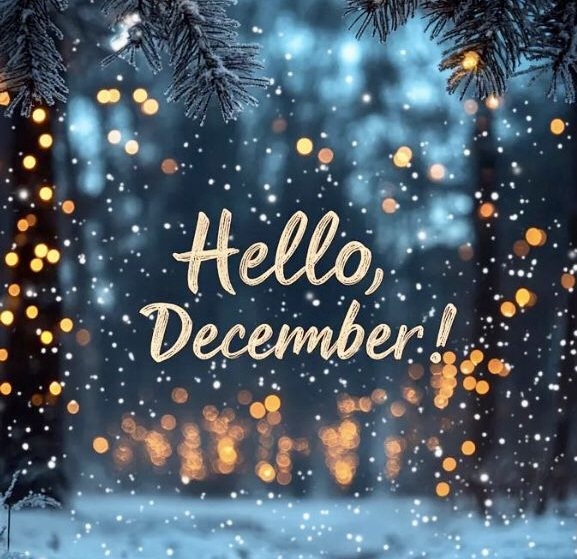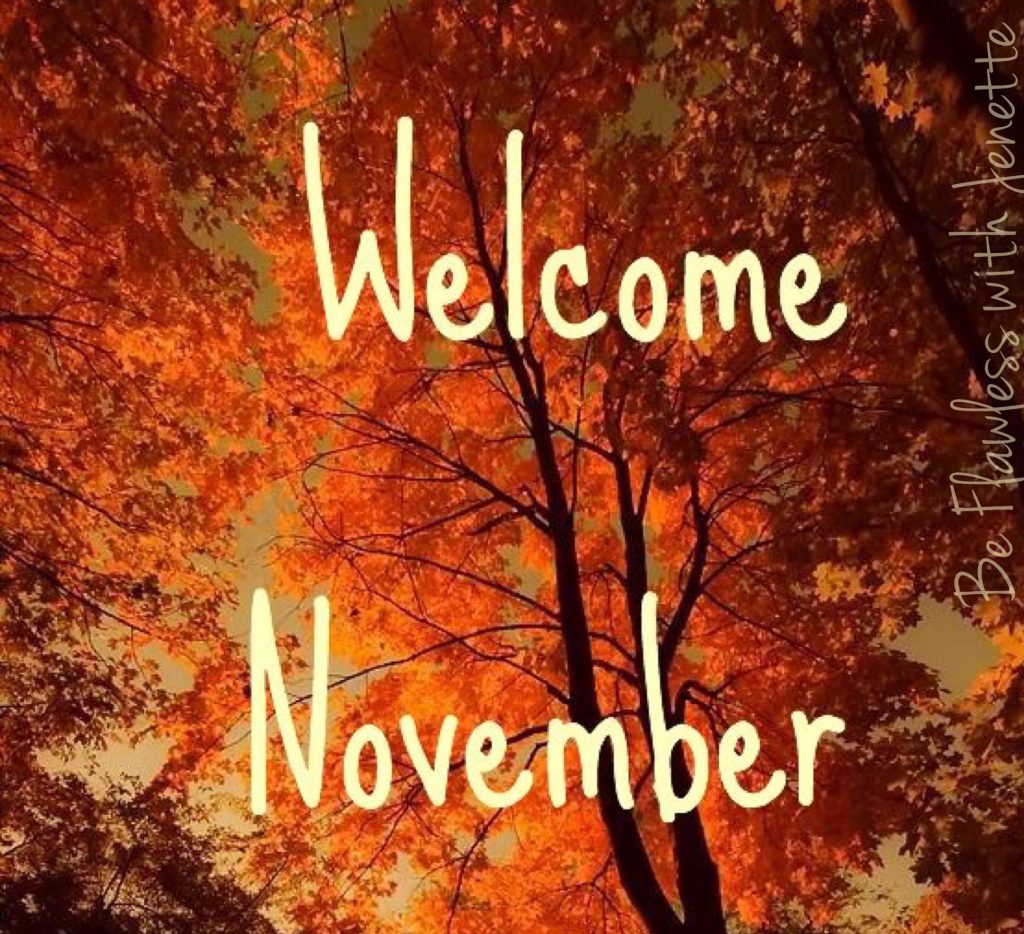[et_pb_section fb_built=”1″ admin_label=”section” _builder_version=”3.22″ custom_padding=”||0px|||”][et_pb_row admin_label=”row” _builder_version=”3.25″ background_size=”initial” background_position=”top_left” background_repeat=”repeat” custom_padding=”||4px|||”][et_pb_column type=”4_4″ _builder_version=”3.25″ custom_padding=”|||” custom_padding__hover=”|||”][et_pb_text admin_label=”Text” _builder_version=”4.5.3″ background_size=”initial” background_position=”top_left” background_repeat=”repeat” custom_padding=”||0px|||” hover_enabled=”0″]
My life has been changed by this pandemic. The separation from my family, friends, and social activities created feelings of isolation. Along with these feelings, my image consulting business has been affected as well, making it impossible to work with clients one on one. Despite these challenges, I have been able to adapt by providing services through Zoom. These adaptations include continuing client services virtually and hosting webinars for a variety of businesses and companies.
 How has the realm of fashion been impacted by this pandemic? Covid-19 has rocked the fashion scene! Fashion historians point out that in times of financial, social, and fashion upheaval the United States has always recovered. The experts predict that the fashion world will recover and in some cases change, just as it has in the past.
How has the realm of fashion been impacted by this pandemic? Covid-19 has rocked the fashion scene! Fashion historians point out that in times of financial, social, and fashion upheaval the United States has always recovered. The experts predict that the fashion world will recover and in some cases change, just as it has in the past.
I have listed 10 ways this industry is being refashioned.
- The most obvious change is the introduction of the mask based on the recommendations of the CDC. Many establishments now require wearing a face covering in public and masks have become the standard attire. Designers realize that Covid-19 is not going away any time soon and have predicted that the face mask as an accessory will endure long after the pandemic. In response, designers are creating fashionable, reusable, fabric facial coverings to complement their signature pieces/styles. Selecting what mask to wear is becoming part of planning an outfit for everyday life. Having a mask that matches your outfit lightens the mood by adding a touch of fun and whimsy to this scary time. For example, I just purchased a mask that matches my A-line dress by Lady Barbara Pinson of wearable art.
 Colors in fashion have changed since the onset of the virus. Gone are the bold, vibrant hues that were seen over the last few years. Instead designers and consumers are turning to nature inspired colors, such as: olive green, burnished orange, a soothing beige, earthy green, and buttery saffron. The trend toward natural, calming colors and eco-friendly natural fibers such as: cotton, linen, washable silk, and washable merino wool, will become part of the fashion industry. As we navigate this challenging world, we are selecting to wear colors inspired by nature, and research shows that a deep-rooted bond with the environment can have a restorative effect on the body and mind.
Colors in fashion have changed since the onset of the virus. Gone are the bold, vibrant hues that were seen over the last few years. Instead designers and consumers are turning to nature inspired colors, such as: olive green, burnished orange, a soothing beige, earthy green, and buttery saffron. The trend toward natural, calming colors and eco-friendly natural fibers such as: cotton, linen, washable silk, and washable merino wool, will become part of the fashion industry. As we navigate this challenging world, we are selecting to wear colors inspired by nature, and research shows that a deep-rooted bond with the environment can have a restorative effect on the body and mind.- Consumers are becoming more thoughtful shoppers. Some consumers when making purchases are considering how a designer responds to social concerns such as injustice and environmental issues. While others take their finances into account when making purchases. Both groups however are planning ahead for the return to the office and purchasing styles that are work appropriate.
- More people are working from home, and work attire has become more casual. Those with no client interaction may be wearing PJ’s, sweats or leisure wear. People interacting with clients virtually are dressing from the waist up, so sales of dress shirts and beautiful blouses have increased. Female workers are keeping scarves, statement necklaces and/or earrings, and lipstick handy to transform from a casual to a polished appearance for Zoom calls.
- House dresses and caftans are making a comeback. Mainly because consumers find it easier to throw on just one thing and be ready for the day, especially while working from home. Often these practical dresses are made from beautiful, breathable fabrics and will have handy pockets.
 Covid-19 has caused massive devastation for the brick and mortar portion of the retail fashion business. The shutting down of the economy, along with the continued spread of the virus has slowed down re-opening of businesses and in many cases forced stores to close permanently. At the same time consumers question the safety of in store shopping causing more economic distress to the brick and mortar businesses. If consumers do not return and if store closures continue, options for clothing and other essentials fashion items will become limited.
Covid-19 has caused massive devastation for the brick and mortar portion of the retail fashion business. The shutting down of the economy, along with the continued spread of the virus has slowed down re-opening of businesses and in many cases forced stores to close permanently. At the same time consumers question the safety of in store shopping causing more economic distress to the brick and mortar businesses. If consumers do not return and if store closures continue, options for clothing and other essentials fashion items will become limited.- Get organized and repurpose. The quarantine sparked a new trend of getting organized leading to the rise of online resale sites and a thriftier consumer. This trend has resulted in an increase of resale sites such as ThreadUp; the Real Real and Poshmark. While retail shopping is shrinking, the resale sites report a projected 27% increase in 2020 sales and a 414% sales increase over the next 5 years.
- Some retailers are keeping dressing rooms closed indefinitely and extending the return policy. My husband and I recently experienced the no try on policy, as a result we had to make an extra trip back to the store to return several sizes of summer shorts that did not fit. While frustrating, most consumers don’t mind, in fact a survey of 1,000 people in April, at the height of the pandemic, revealed that 65% of women and 54% of men did not feel safe trying on clothes in a dressing room. Little has changed since then with only a handful of retailers , including Macy’s, Athleta, and Nordstroms, reopening dressing rooms which are cleaned and sanitized after each use.
- The virtual dressing rooms have become a reality. Some brands such as Kendra Scott have shifted to this new format which allows the consumers to virtually test out clothes; shoes; and beauty products.
 In store, make up demonstrations no longer exist. Gone are the days of sitting down and enjoying a makeover in the latest colors. Today cosmetic counters featuring product testers are for display only. Sephora and Ulta Beauty have already switched to testing make up with virtual aps.
In store, make up demonstrations no longer exist. Gone are the days of sitting down and enjoying a makeover in the latest colors. Today cosmetic counters featuring product testers are for display only. Sephora and Ulta Beauty have already switched to testing make up with virtual aps.
While my life has changed due to Covid-19, there have been new positive experiences because of it. I purchased groceries online and had them delivered for the first time. Ordering a few pieces of clothing online has been somewhat successful. The pants in deep olive and the black bathing suit were keepers, but the dress from Nordstrom still must be returned. How has Covid-19 changed your fashion and shopping habits? Has your online shopping increased? What adaptations have you made? Do you see yourself in any of the above fashion trends? Please share how the pandemic has changed the way you show up for business and daily activities.
[/et_pb_text][/et_pb_column][/et_pb_row][et_pb_row _builder_version=”4.4.8″][et_pb_column type=”4_4″ _builder_version=”4.4.8″][/et_pb_column][/et_pb_row][/et_pb_section]


